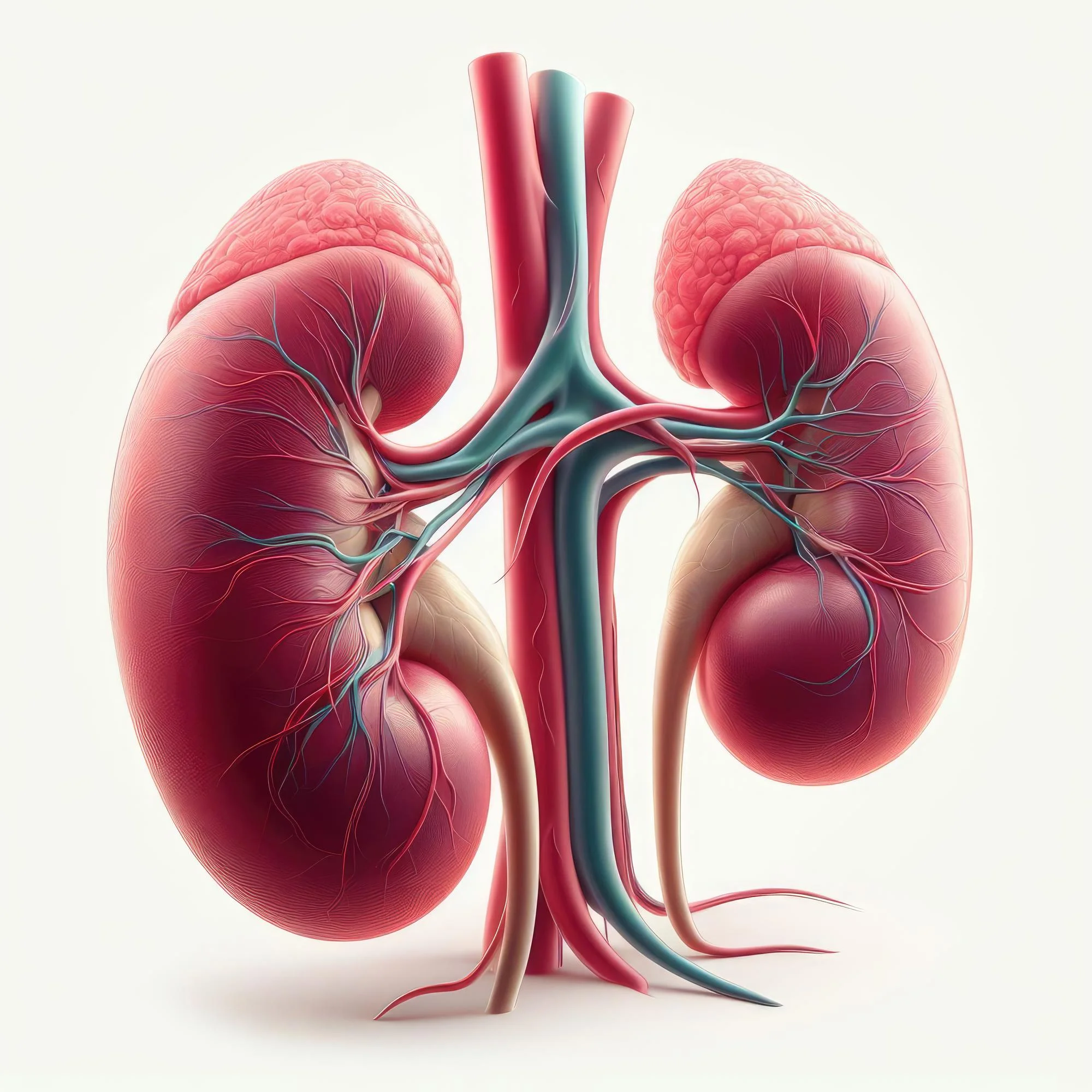In recent years, the hormone irisin has garnered increasing interest within the medical and scientific community, particularly in relation to its potential impacts on kidney diseases and associated complications. Derived primarily from skeletal muscles as a response to exercise, irisin has been closely linked to various metabolic and non-metabolic conditions, including obesity, diabetes mellitus, chronic kidney disease (CKD), cardiovascular disease (CVD), and others. The findings of a new study, published in the “Clinica Chimica Acta; International Journal of Clinical Chemistry,” shine a light on the notable role of irisin in the realm of kidney health, offering insights that could revolutionize treatment strategies and patient outcomes.
Irisin and its Metabolic Functionality
The discovery of irisin and its energy expenditure and metabolic attributes has made significant ripples in the pool of knowledge surrounding metabolic disorders. Irisin is known to possess anti-inflammatory, anti-oxidative, and anti-apoptotic properties, which could significantly benefit those suffering from chronic diseases such as CKD, liver diseases, osteoporosis, atherosclerosis, and Alzheimer’s disease. Li Xiejia from the Department of Nephrology at The 2nd Xiangya Hospital, Central South University, Changsha, Hunan, China, in collaboration with Bengt Lindholm from Karolinska Institutet, Stockholm, Sweden, has reviewed the current underpinnings of irisin’s relationship with kidney diseases and their complications. This partnership has laid the groundwork for a new perspective on kidney disease monitoring and management.
Role of Irisin in Kidney Diseases
Chronic kidney disease, a major global health concern, has been the focus of this review due to the declining levels of circulating irisin observed in patients with CKD. Notably, these irisin levels further plummet in parallel with the advancing stages of CKD. It is highlighted in the paper, with DOI 10.1016/j.cca.2023.117756, that irisin could be playing a far more intricate role in the pathophysiology of kidney diseases than previously understood.
Irisin as a Marker and Therapeutic Target
Li Xiejia and Bengt Lindholm delve into the potential of irisin as a biomarker for early detection and monitoring of CKD progression. The hormone’s pleiotropic functions might also unlock new therapeutic avenues. By bolstering the mechanism through which irisin works, it may be possible to mitigate the adverse effects of CKD and dial down the progression rate of the disease.
Irisin and CKD-Related Complications
The scope of the study also encompasses the complications related to CKD, such as protein energy wasting (PEW), cardiovascular disease (CVD), and chronic kidney disease-mineral and bone disorder (CKD-MBD). Each condition represents a significant threat to patient well-being and longevity. Through its extensive review of the extant literature, the study postulates that irisin has far-reaching implications, possibly influencing the onset and severity of these complications.
Future Directions and Treatment Paradigms
The paper, published on January 13, 2024 (with the article number 117756), calls for more targeted research aimed at establishing irisin’s role in kidney health and disease. As research unfolds, the potential of this hormone as a cornerstone of therapeutic strategies looks increasingly promising. Medical professionals worldwide are hopeful that these revelations can lead to improved outcomes for individuals with CKD and associated health challenges.
Conclusion
The work of Li Xiejia and Bengt Lindholm marks a crucial point in the journey to understand and treat kidney diseases more effectively. Irisin’s potent combination of anti-inflammatory, anti-oxidative, and anti-apoptotic properties, along with its metabolic functions, underscores its potential as a game-changer in clinical practice. With advanced research and clinical trials, the day may not be far when irisin-based treatments become a staple in combating CKD and enhancing the quality of life for millions affected by this disease.
References
1. Li, X. & Lindholm, B. (2024). The role of irisin in kidney diseases. Clinica Chimica Acta; International Journal of Clinical Chemistry. 117756. https://doi.org/10.1016/j.cca.2023.117756
2. Boström, P. et al. (2012). A PGC1-α-dependent myokine that drives brown-fat-like development of white fat and thermogenesis. Nature, 481(7382), 463-468.
3. Rana, K. S., et al. (2020). Metabolic actions of irisin in health and disease. Metabolism, 111, 154409.
4. Sanchis-Gomar, F., et al. (2019). Irisin: A new potential hormonal target for the treatment of obesity and type 2 diabetes. Journal of Diabetes, 11(10), 786-796.
5. Zhang, Y., et al. (2016). The emerging role of irisin in cardiovascular diseases. Cardiovascular Diabetology, 15, 57.
Keywords
1. Irisin and kidney disease
2. Irisin hormone therapy
3. Chronic kidney disease treatment
4. Irisin CKD complications
5. Exercise hormone CKD
